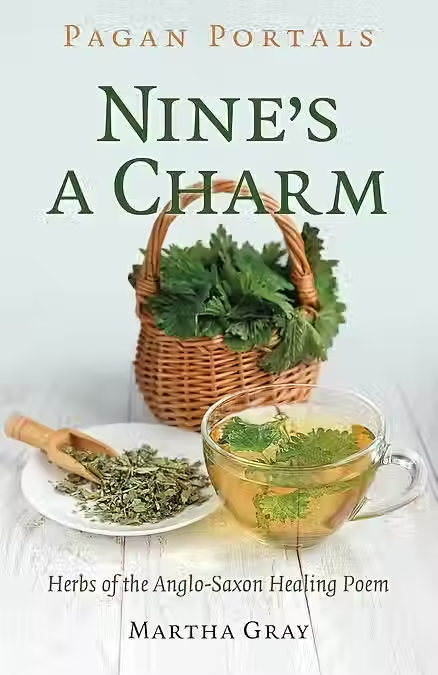Venus Flytrap by Ness
- Kitchen Witch

- May 19, 2021
- 3 min read
It is mid-April at the time of writing this and some restrictions to our lives have been lifted a little. So, I ventured out with hubby to a local garden centre for a couple of bits and I spotted a plant that took me back to my childhood and one that has always fascinated and charmed me – Venus Flytrap!
I remember we had one at home when I was a child and my dad accidentally killed it because he wondered what would happen if you gave it a morsel of cheese...
I almost bought the plant but got distracted by something else – not difficult for me in a garden centre – and forgot to go back for it. I will return to purchase one but thought I’d research this wonderful and fascinating carnivorous plant and its correspondences.
Venus Flytrap or Dionaea Muscipula is an unusual plant whose native home is a coastal bog in North and South Carolina, although some plants are now cultivated here in the UK. It is a fairly small plant and its colours are either green and red, or all green or all red. It’s a strange looking plant – having a small rosette of leaves and within it a hinged trap that resembles a ladies' clutch purse with fronds on the ends, where the clasps would be. It also looks like a gaping red mouth with large ‘sharp’ fangs. These traps have within them a sweet nectar which is rather enticing to a small unsuspecting insect or fly. As they approach the trap in search of the source of the sweet scent of the nectar, they inevitably walk in the centre of it. Tiny hairs on the surface are triggered by the insect and it only takes two hairs to trigger an ‘electrical charge’ and the mechanism causes the trap to snap shut quickly, interlocking those ‘fangs’ which although soft to touch are not penetrable. This renders the insect inside to a now slow death. Digestive enzymes dissolve the insects' soft tissues and once these have been absorbed over a period of about a week, the dry carcass is released by the trap opening. It is now ready for a new victim.
If you decide, like me, that you’d quite like to own a Venus Flytrap, it does take a little more care than your average houseplant in order to survive. It does like being in direct sunlight in order to grow – a south facing windowsill here in the UK is ideal. It will flower in spring but when the flower is fully open, cut the flower off as flowering is quite exhausting for the plant and will hinder its growth and catching properties. It likes to sit in approx. 1cm of water – rainwater is best – they dislike tap water very much. They don’t appreciate the minerals in it. Don’t water from the top of the plant. They do have a dormant period throughout our winter. The leaves will go black and the traps will also decay and drop off. Don’t panic as this is quite normal, but you will need to move it to a frost free but cool place to rest. An outdoor unheated greenhouse is ideal. In fact, if you want to keep it in a greenhouse all year, it will be quite happy as this mimics their natural habitat in the wild.
Magically, Venus Flytraps are used in workings for protection, love and manifesting dreams. They can also be connected to life, death and rebirth and in spell work for luck, prosperity and fertility.

Picture by Gabriel on Unsplash






Comments